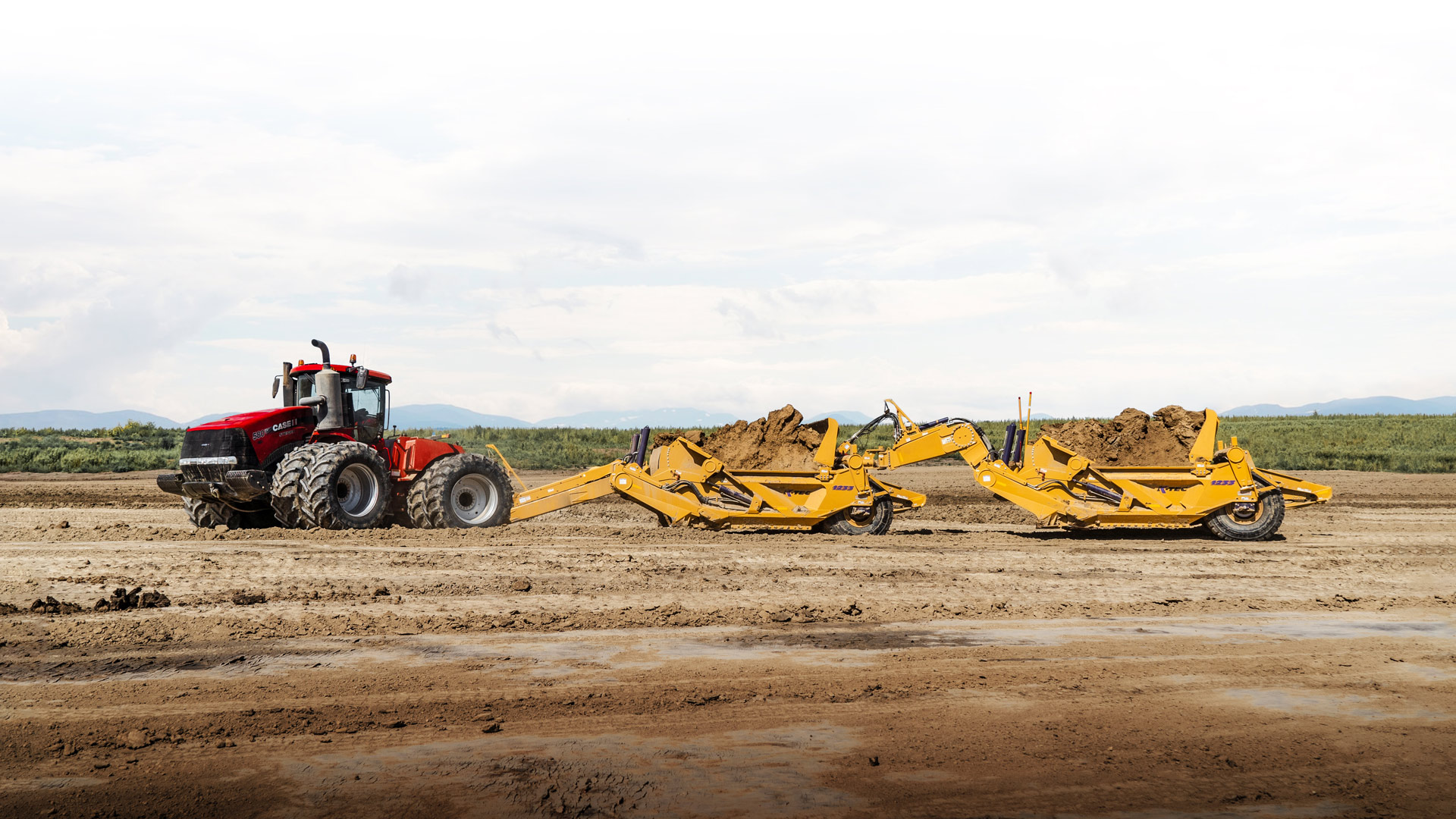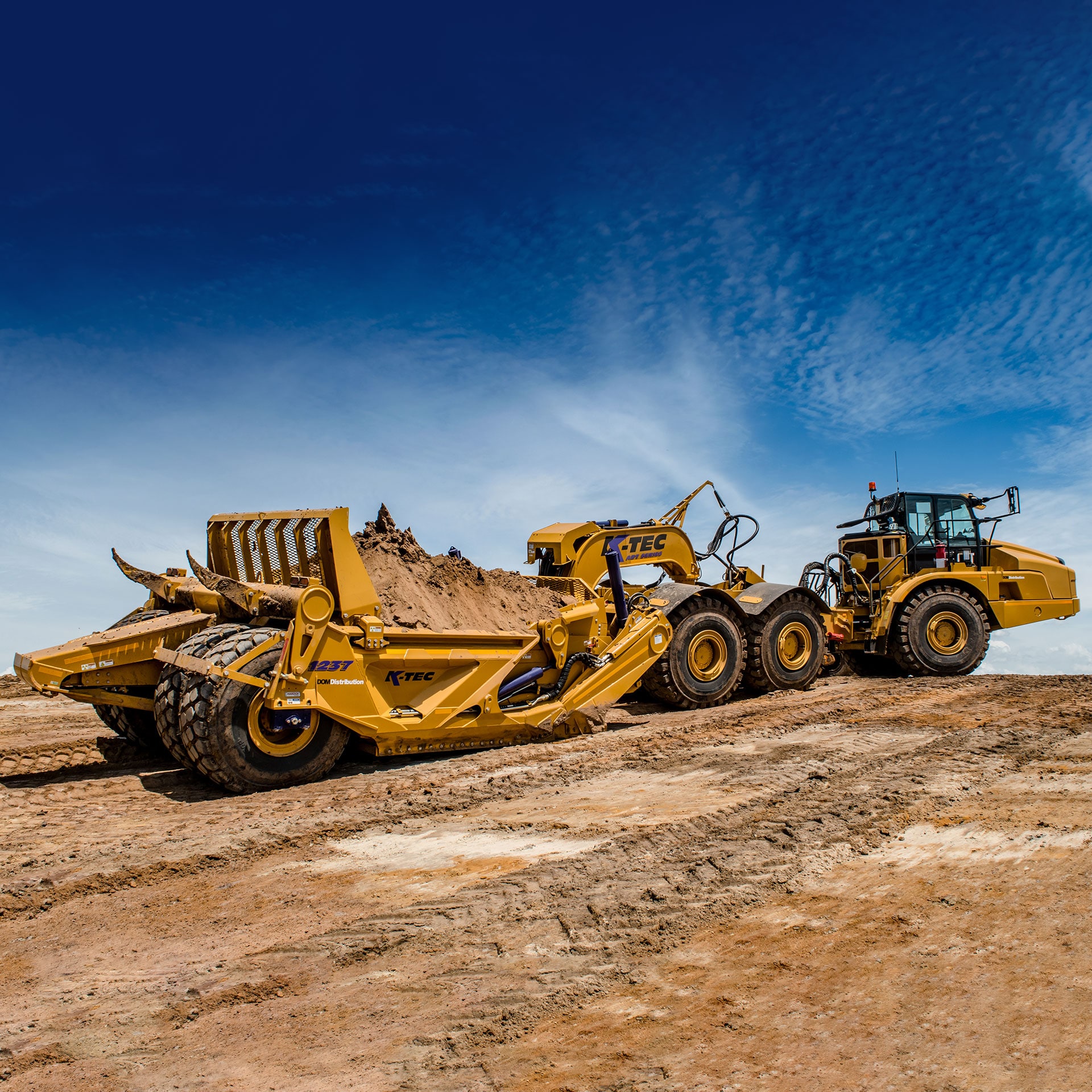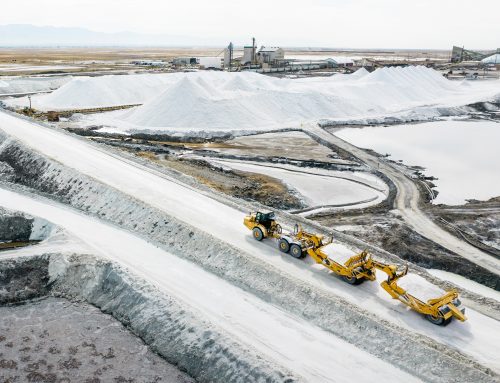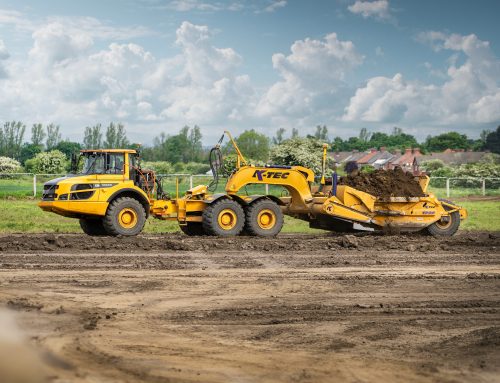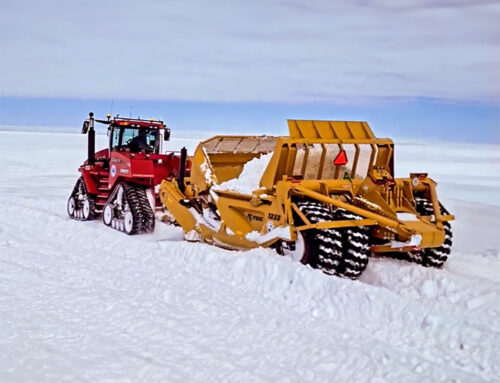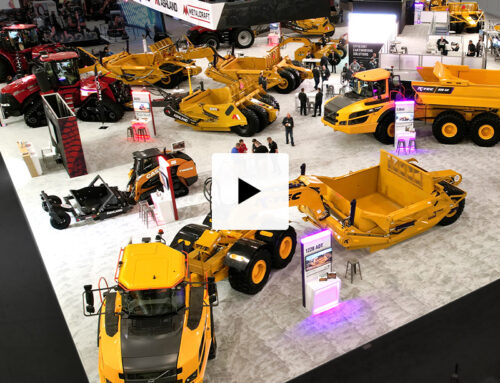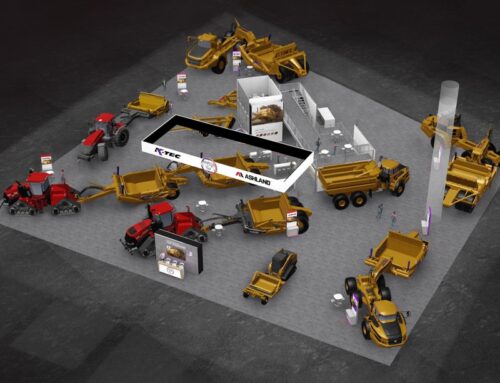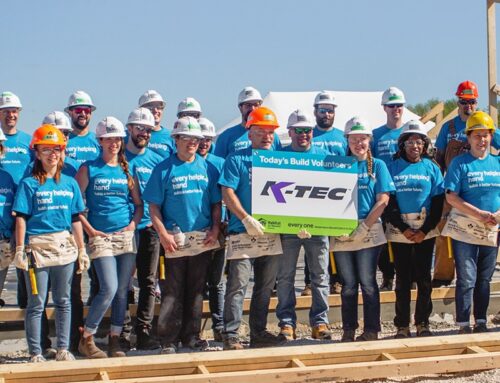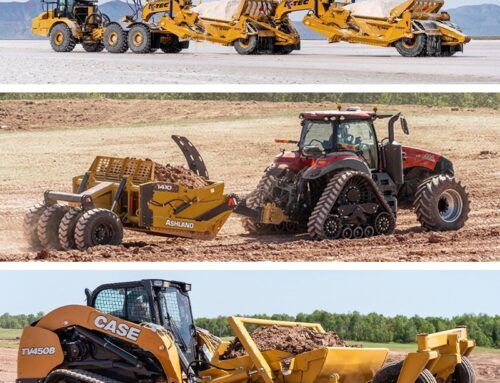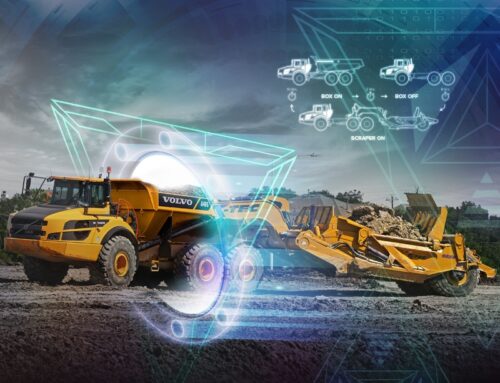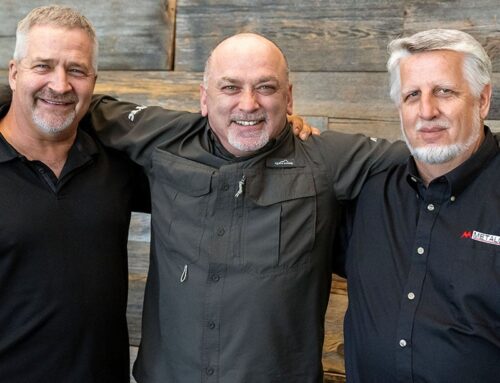Scraper Pans or Excavators – Which is the best option for earthmoving applications?
Nathan Medcalf
Complete your earthmoving projects with the right equipment. Scrapers, also called pans, are designed specifically for moving large quantities of earth. Excavators are designed for diverse applications including earthmoving. Which is the best option for earthmoving applications?
Several criteria can help you determine which method is best.
INITIAL CAPITAL INVESTMENT
If you need to purchase the equipment, you will be spending less on a scraper. Scraper options include self-propelled and tow-behind scrapers. Self-propelled scrapers (also called motor scrapers) are expensive, but they don’t require the aid of any other machines. A towed scraper needs a powered machine to pull it, such as a tractor.
An excavator can’t haul the material away, so it must be paired with a truck. If you need to buy both an excavator and a truck, that is the most expensive initial capital investment, however, they’re also the most versatile machines of the group, so you can use them in more than just earthmoving.
OPERATING COSTS
Dominant factors determining operating costs are machine maintenance, fuel and labor.
When it comes to machine maintenance, scrapers cost less. When you run an excavator and a truck, you have two engines instead of one. You will probably have 10 tires on your scraper and only six on your excavator-truck combo, however an excavator’s undercarriage is one of the machine’s highest maintenance and replacement costs.
“K-Tec scrapers have two or less daily grease points, four monthly grease points, and have greaseless bushings to spend time more productively. Greaseless composite bushings work excellent and save time on daily maintenance,” says Shane Kroeker, Director of Strategic Initiatives, K-Tec. “Their longevity is optimal in most jobsites and are easy to replace. The life expectancy of a greaseless bushing is one-year of earthmoving operation (about 2,000 hours).”
Since scraper operations rely on one engine, they also require less fuel. Also, a scraper requires only one operator, whereas two operators are needed when using an excavator and a truck.
If you use a motorized scraper, you will probably pay the scraper operator a higher salary, because scraper operators are harder to find and train than excavator operators and truck drivers. If you use a tractor-pulled scraper or a scraper towed by a converted articulated dump truck (ADT) (with the bed removed), operators will be easier to find and train and will cost less.
HAUL CAPACITY
A greater haul capacity leads to a greater productivity rate. “K-Tec’s large-capacity scrapers can haul between 28-74 cubic yards depending on the model. Trucks have capacities between 20-44 cubic yards, and it takes longer to fill a truck with an excavator than it does to fill a scraper with the same capacity,” says Kroeker.
HAUL DISTANCE
This chart provided by K-Tec shows the maximum optimal hauling distance for a variety of machines and machine combinations. On the low end (in the 300-to-500-foot range, you have dozers, wheel loaders and dozer-pulled scrapers. In the mid-range (10,000-foot range) are ADTs and ADT-towed scrapers. And the longest haulers (30,000 feet) are rigid haul trucks and scrapers towed by rigid haul trucks.
“Usually, 300 feet is around the maximum distance you’ll want to move dirt without a truck (typically with a dozer),” says Justin Steger, solutions marketing manager, John Deere Construction & Forestry. “Moving dirt beyond 300 feet or so is where we see customers start using haul trucks to move dirt efficiently on the job site.”
“Hauling distance can be a reason that you would use an excavator and truck over a scraper,” says Ryan Neal, market professional, Caterpillar. “If the dirt needs to be hauled a long distance it may not be financially productive for the job to haul with scrapers as wear and tear on them could make the owning and operating cost too expensive.”
Scrapers are better on really large-scale projects when there is a large distance to cover from cut to stockpile,” says Lou DeVuono, Site Superintendent, MGI Construction Corp.
MATERIAL BEING MOVED
The type of material being moved should play a factor. Both machines excel at moving soft soils, but hard soils can affect performance and rocky conditions can affect travel.
A scraper can be towed by a converted ADT, so it is able to traverse rocky terrains similar to an ADT, but rocks are damaging to the blade. An excavator operator can see troublesome rocks and carefully remove them. Even with scraper cameras that show the operator the cut area, scraper operators have little options for negotiating how to remove the rock.
“As a customer excavates, they may encounter unexpected conditions such as a large deposit of rock,” says Steger. “In this case switching from a bucket to a hydraulic hammer allows that same machine to break up the rock and load it out after switching back to the bucket.”
“When the underfoot conditions are poor, an excavator would be more effective because in can traverse around and excavate the material better than a scraper could,” says Neal. “If the material is very rocky and abrasive, an excavator may be a better choice, because it can dig the material out better than a scarper could and the operation would be very hard on a scraper—causing potential damage and downtime.”
“When you start taking meatier cuts—12 to 14 inches—or working in harder soils and clays, you generally need a dozer to push the scraper, which then increases operating costs,” says DeVuono.
CHOOSING BETWEEN A SCRAPER OR AN EXCAVATOR
You also have to consider what is being done with the material once it’s cut. Dirt dumped by multiple truck loads will form numerous mounds of dirt, which will need to be leveled out by a dozer if that land is going to de used for anything. Whereas a scraper can evenly distribute the dirt over an area to provide pleasing and useful contours, so it can contribute to the creation of roads and hills without the use of other equipment.
GPS is popular in earthmoving applications, since it, especially if you have it coupled with machine control, aids in removing the right amount of dirt from the exact spot by using GPS coordinates. This technology is available on excavators, self-propelled scrapers and the power units that pull towed scrapers.
“When I’m choosing between a scraper and an excavator, I initially examine the overall purpose of the site. If it’s a subdivision and we’re clearing a lot of acreage and the bulk of the material is staying on site, the scraper is the more practical choice. On more compact sites, such as commercial and industrial builds, scrapers don’t perform as well,” says DeVuono. “Then, I consider the cut. If the cut is significant—more than three feet—it becomes more practical to use an excavator to cut it once instead of going over the same spot many times with a scraper.”
Join more than 40,000 industry peers who receive construction industry news and trends each week. Subscribe to CONEXPO-CON/AGG 365.


